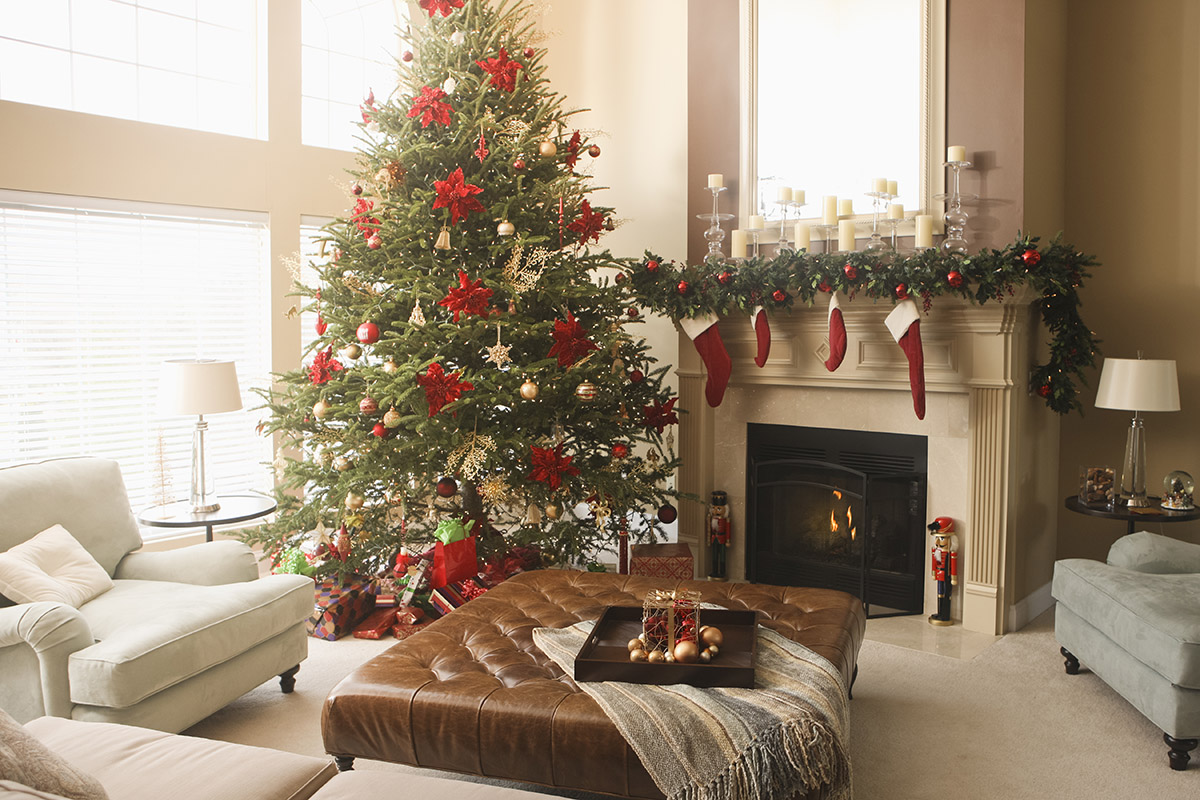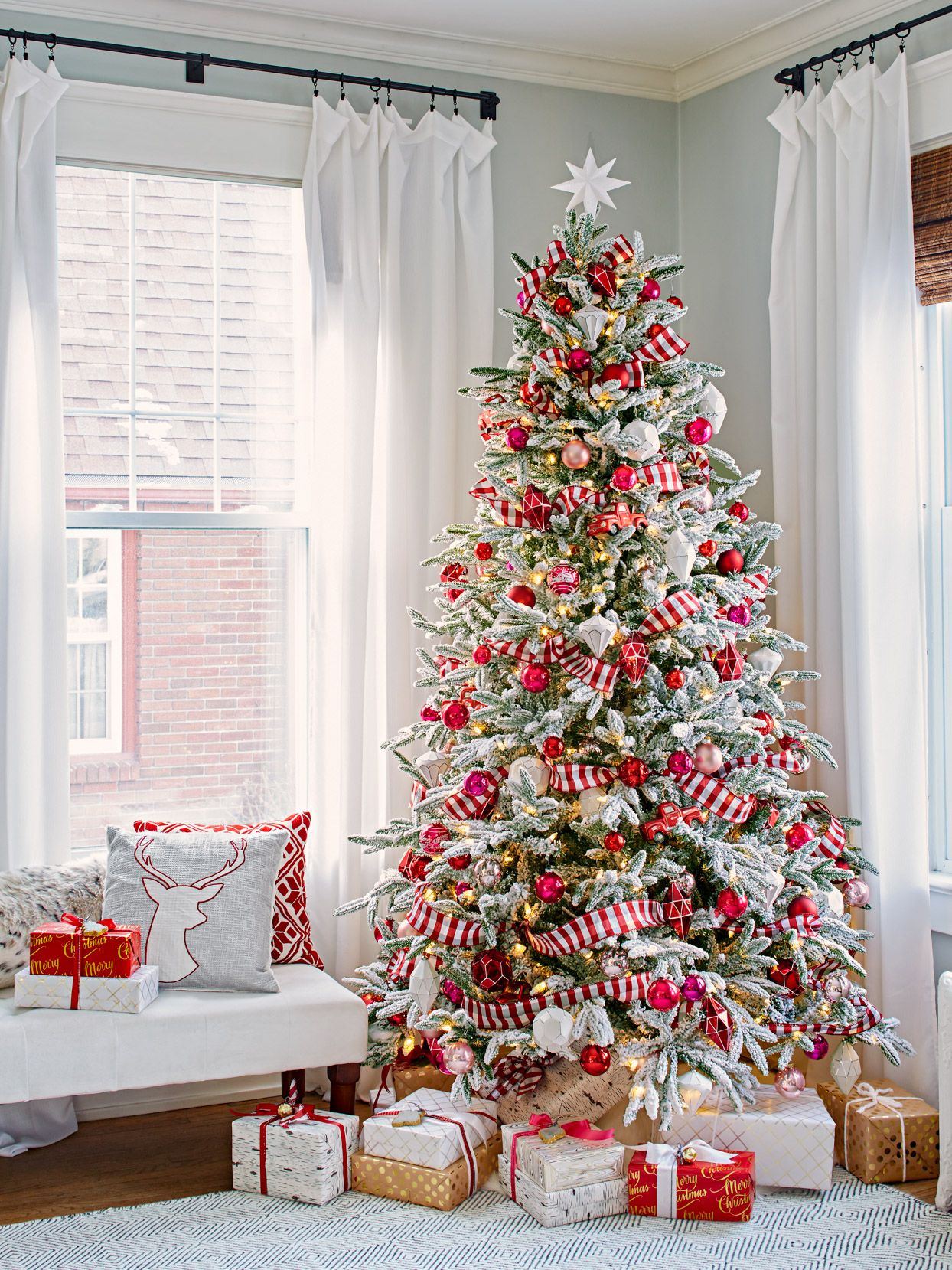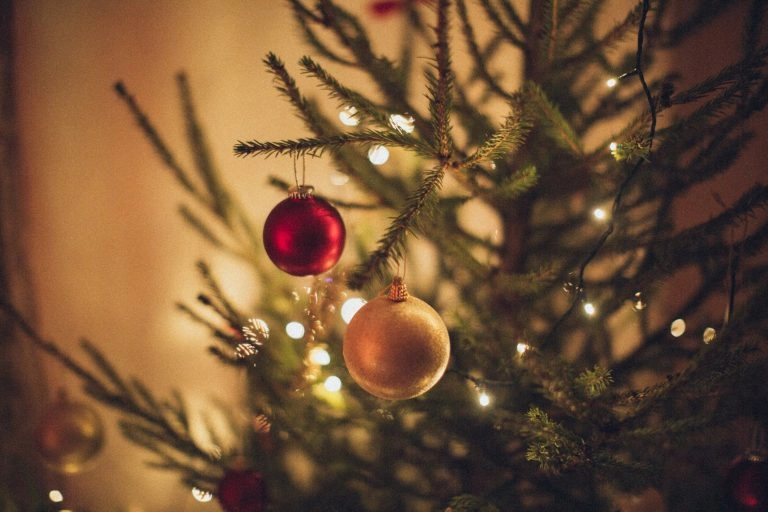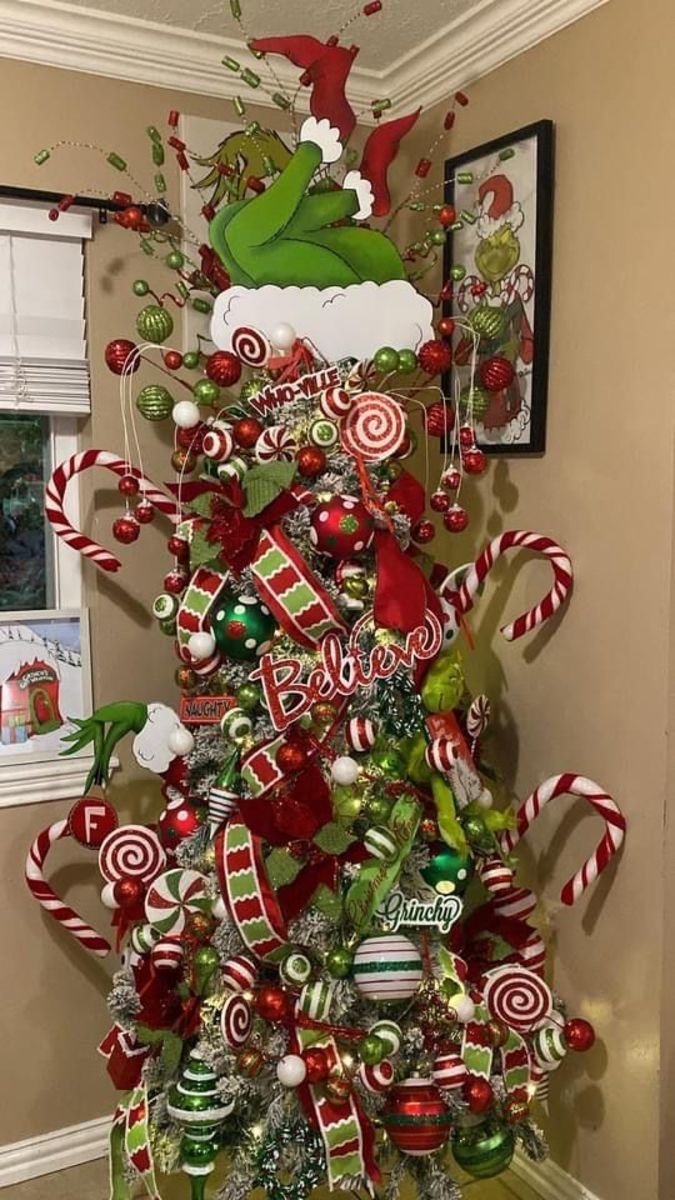Unveiling the Magic: Why We Decorate Christmas Trees

Every year as the festive season approaches, a special kind of magic fills the air - the enchantment of Christmas. Part of this festive spell involves the time-honored tradition of decorating Christmas trees. But why do we do it? What are the origins of this cherished custom?
Historical Roots of Tree Decorations

The tradition of decorating trees dates back thousands of years, with various cultures contributing to what has become a global celebration of light, life, and renewal:
- Ancient Egyptians: They celebrated the winter solstice by decorating homes with green palm rushes symbolizing life's triumph over death.
- Romans: During Saturnalia, a festival in honor of Saturn, they adorned their temples with evergreens, lights, and other decorations.
- Celts: The Druids used evergreens, considering them symbols of eternal life, particularly during the midwinter festival.
German Influence

The practice we recognize today, however, owes much to 16th-century Germany, where people began to bring evergreen trees into their homes. Here are some key points:
- Martin Luther: Legend has it that in the 16th century, Martin Luther introduced the idea of bringing an evergreen tree indoors and placing candles on it to recreate the starry Christmas Eve sky.
- Tinsel and Nuts: Early decorations included apples, nuts, and straw ornaments, often used to symbolize the Garden of Eden in religious plays.
- Elaborate Trees: Over time, these trees became more elaborate, with families competing for the best-decorated tree in their communities.
The Journey to Modern Christmas

The tradition spread:
- England: Prince Albert, Queen Victoria's German husband, popularized the Christmas tree in the United Kingdom.
- America: German settlers brought this custom to America in the 18th century, and its widespread adoption came with Queen Victoria's influence.
- Electric Lights: In 1882, Edward H. Johnson illuminated the first electrically lighted Christmas tree, replacing candles for safety and convenience.
The Symbolism of Decorating Trees

The Christmas tree itself and its decorations are rich with symbolism:
- Evergreens: Representing life and fertility, they remain green even in the harshness of winter.
- Lights: Symbolizing the light of Christ and hope that Christmas brings into the world.
- Ornaments: Each type of ornament has its own meaning:
- Balls: Circles symbolize eternal life and perfection.
- Angels and Stars: Often placed at the top, they represent heavenly beings and the star of Bethlehem.
- Bows and Ribbons: Signifying ties of family and friendship.
- Candles/Electric Lights: Representing the light of Christ and the end of darkness.
Personalization and Cultural Variations

While the traditional elements remain strong, the Christmas tree has become a canvas for personal and cultural expressions:
- Ornaments with Memories: Families often collect ornaments from travels or special events, making each tree a storybook of their lives.
- Cultural Adaptations: From Mexico's candy-filled piñata ornaments to Sweden's use of julskinka (Christmas ham) decorations, traditions vary by culture.
The Psychology Behind Christmas Trees

Decorating a Christmas tree also serves several psychological functions:
- Nostalgia: It evokes memories of childhood, fostering a connection to one's past and traditions.
- Hope and Renewal: The act of setting up a tree signals the renewal of the holiday season, providing comfort in continuity and tradition.
- Community Spirit:** It encourages communal decoration, enhancing the sense of community and togetherness.
🌲 Note: Ensure safety by using flame-resistant ornaments, keeping trees away from heat sources, and if you use candles, never leave them unattended.
In wrapping up, decorating a Christmas tree is more than just a festive activity. It's a tapestry of history, culture, and personal significance. Each tree tells a story, from ancient traditions to modern customs, weaving together the past and present in a celebration of life, light, and love. As we adorn our trees, we participate in a timeless tradition that unites us with generations before us, connecting us through the evergreen branches to the universal messages of hope and peace that Christmas brings.
When should I put up my Christmas tree?

+
Traditionally, many people start setting up their Christmas trees the day after Thanksgiving or the first day of Advent. However, it’s flexible based on personal or family tradition.
What are the safest practices for Christmas tree decorations?

+
Ensure electrical safety by not overloading outlets, use LED lights which are cooler than incandescent, keep flammable decorations away from heat sources, and if you have candles, secure them on non-flammable bases and never leave them unattended.
Can I use any type of tree for Christmas?

+
While any evergreen could technically be used, popular choices include Douglas Fir, Fraser Fir, Noble Fir, and Spruce varieties due to their shape, needle retention, and fragrance.
What’s the environmental impact of real vs. artificial trees?

+
Real trees are renewable resources with farms often replanting, while artificial trees produce more carbon emissions during production but can be reused for many years. The choice depends on how long you keep the artificial tree and its disposal/recycling methods.